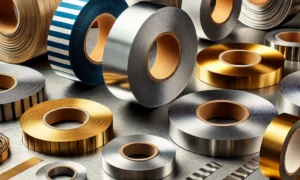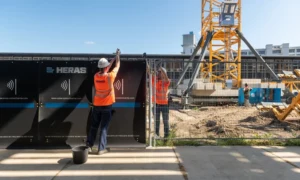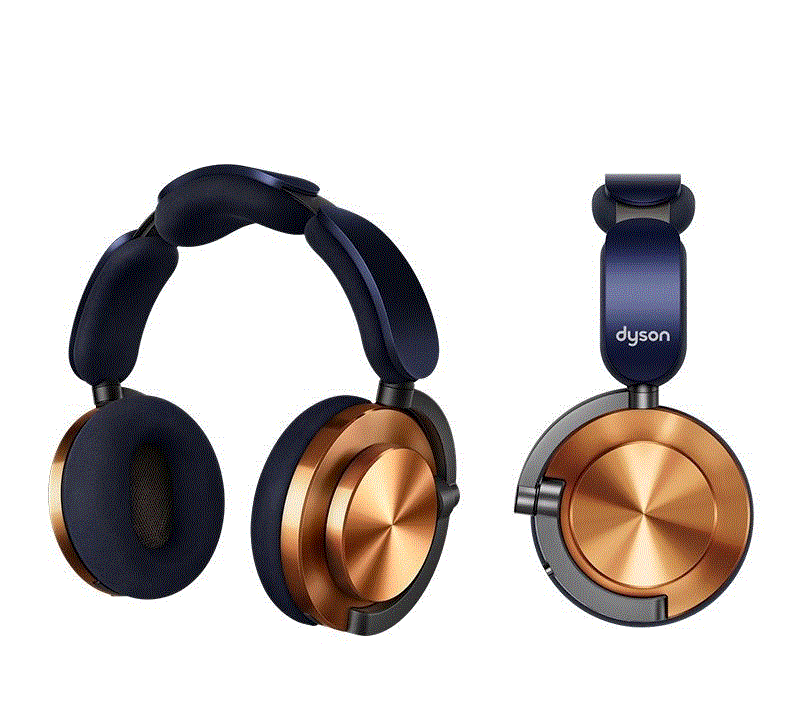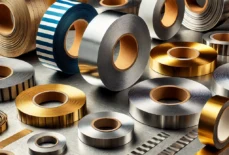Front Loading Furnaces are used for various applications at different temperatures. They are frequently used for heating and annealing, ceramics, powdered metal, and sintering. Front-loading furnaces and kilns are available in benchtop and production sizes. These furnaces are ideal for operators who require some flexibility that other furnaces do not provide.
Today, the Front loading furnaces with temperatures ranging from 1500 to 1800 ºC are available in standard and custom sizes. The large front loaders are often used as production units for large batches, while the smaller units are better suited for laboratory research and small-batch production.
A Glass Furnace is critical in modern glass manufacturing. Glass production requires much heat energy, usually in natural gas injected into a combustion chamber. Therefore, glass furnaces are constructed to minimize heat loss and often feature a waste-heat reclamation system. Some products made using glass-melting furnaces include Jars, Bottles, Glass Panes, Lab Equipment, Lenses, and Cookware.
A Glass Furnace is widely used in glass manufacturing because of its excellent temperature range, flexible configurations, and ease of access. They can be specified as either bottom-loading or front loading, but in glass melting, access is highly facilitated by using bottom-loading models.
Features of Front Loading Furnaces
Front Loading Furnaces can operate up to 3000°C and are available with either cylindrical or rectangular chambers. These furnaces have the most easily accessible heating zone, where part of the heater and heating shields are attached to the access door. Front-loading furnaces have several essential features that make them stand out.
These include a wide-span roof, faster heating time, and significant energy savings. Additionally, they come with a top opening and a counter-balanced door that can be activated using a foot pedal. The furnaces are constructed with double-walled, heavy gauge stainless steel, making them the thickest in the industry. Despite their sturdy build, they have a sleek design that minimizes their footprint; three layers of vacuum-formed alumina, forced air cooling for minimum exterior temperature, etc.
Salient Features and Types of Glass Furnaces
The key features of a Glass Furnace include usage in glass melting and fritting processes, a specialized control system, improved efficiency, reduced cycle time, controlled melting process, etc. The types of glass furnaces are Regenerative, Recuperative, Oxygen-fuelled, and All-electric Glass Furnaces. Regenerative furnaces have an even number of regeneration chambers, so heat regeneration can occur in both directions.
Regenerative glass furnaces can be cross-fired or end-fired, depending on the application. The Recuperative furnaces range from as large as 250 t per day of glass to as small as 18 t per day. These furnaces are standard in fiberglass production. They operate in a continuous and steady firing mode of operation. Oxygen-fuelled glass furnaces have multiple lateral burners and limited exhaust ports. The advantages of oxyfuel furnaces include the following:
- Less expensive furnace designs.
- Low NOx emissions per ton of molten glass.
- Smaller flue gas volumes.
- Smaller footprints for furnace systems.
- Reductions in fuel consumption.
All-electric glass furnaces provide heat energy to the glass mixture using high-voltage electrodes. These furnaces are used for fiberglass production and also for specialty glasses. Electric glass furnaces provide high thermal efficiency and a high degree of control over temperature.
Applications of a Glass Furnace
Most glasses are produced in a furnace by melting a precise combination of raw materials into a uniform mixture. The energy for melting comes from either the combustion of fossil fuels or electricity. The temperature necessary for melting ranges between 1300 and 1550°C. Glass-melting furnaces are an essential part of the manufacturing process for various industries and manufacturers.
The industries and manufacturing plants using industrial glass furnaces are innumerable, such as bottle makers, window producers, and cookware companies. Apart from these, the other industries that use glass-melting furnaces are Aerospace, Medical, and Electronics.









































